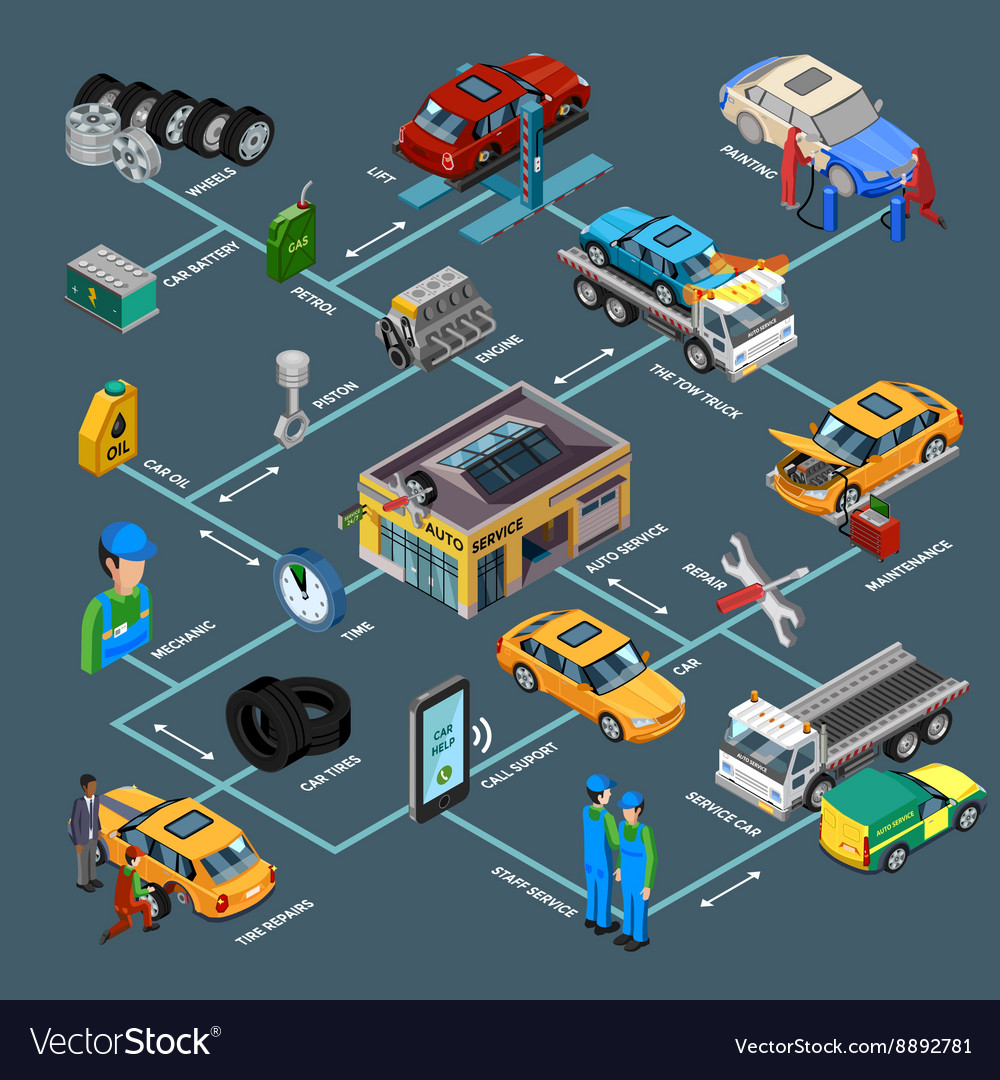Comprehending The Meaning Behind Your Car'S Caution Lights: A Thorough Look
Comprehending The Meaning Behind Your Car'S Caution Lights: A Thorough Look
Blog Article
Content By-Vinson Kejser
When you lag the wheel, those radiant warning lights on your control panel can be a bit puzzling. Do you recognize what they're attempting to inform you about your car's health? Comprehending the relevance of these lights is important for your security and the long life of your car. So, the following time among those lights appears, would not you want to decipher its message precisely and take the necessary steps to resolve it?
Common Warning Lighting and Interpretations
Determine usual warning lights in your cars and truck and understand their definitions to ensure risk-free driving.
One of the most normal warning lights consist of the check engine light, which signifies concerns with the engine or emissions system. If this light begins, it's critical to have your car checked immediately.
The oil stress alerting light indicates reduced oil stress, requiring prompt interest to stop engine damages.
A blinking battery light may recommend a faulty billing system, potentially leaving you stranded otherwise addressed.
The tire stress tracking system (TPMS) light signals you to reduced tire pressure, influencing vehicle stability and gas effectiveness. Neglecting this can result in hazardous driving conditions.
The abdominal light shows a problem with the anti-lock stopping system, compromising your capability to stop swiftly in emergencies.
Lastly, the coolant temperature warning light warns of engine overheating, which can cause severe damage otherwise resolved quickly.
Comprehending these usual caution lights will certainly help you resolve concerns immediately and preserve secure driving conditions.
Relevance of Prompt Focus
Understanding the typical warning lights in your vehicle is just the primary step; the importance of promptly addressing these cautions can not be emphasized enough to ensure your security on the road.
When a warning light brightens on your control panel, it's your vehicle's means of communicating a prospective problem that needs attention. Ignoring these cautions can bring about a lot more severe issues in the future, jeopardizing your security and potentially costing you much more out of commission.
Motivate focus to cautioning lights can prevent failures and mishaps. As an example, a flashing check engine light might suggest a misfire that, if left neglected, can cause damage to the catalytic converter. Resolving this immediately can conserve you from a pricey repair work.
Likewise, a brake system warning light could signify reduced brake liquid or used brake pads, important components for your safety when driving.
Do It Yourself Troubleshooting Tips
If you observe a caution light on your control panel, there are a couple of do it yourself fixing ideas you can try prior to looking for expert help.
The very first step is to consult your car's manual to comprehend what the particular caution light indicates. Occasionally the concern can be as straightforward as a loose gas cap causing the check engine light. Tightening up the gas cap might deal with the trouble.
Another common issue is a low battery, which can cause different cautioning lights. Checking the battery links for deterioration and guaranteeing they're safe may fix the problem.
If a warning light continues, you can attempt resetting it by disconnecting the car's battery for a few mins and afterwards reconnecting it. Additionally, inspecting https://www.repairerdrivennews.com/2022/04/07/survey-most-drivers-dont-understand-what-their-auto-insurance-covers/ , such as oil, coolant, and brake fluid, can assist troubleshoot cautioning lights related to these systems.
Final thought
To conclude, understanding your vehicle's warning lights is essential for maintaining your automobile running efficiently and safely. By without https://brakeshops16272.blogrelation.com/38250481/mobile-automobile-explaining-convenience-meets-high-quality-for-your-lorry attending to these signals and knowing what they indicate, you can prevent expensive repair work and prospective breakdowns.
Keep in mind to consult your automobile's manual for particular details on each advising light and take action accordingly to make sure a trouble-free driving experience.
Remain notified, stay risk-free when driving!
